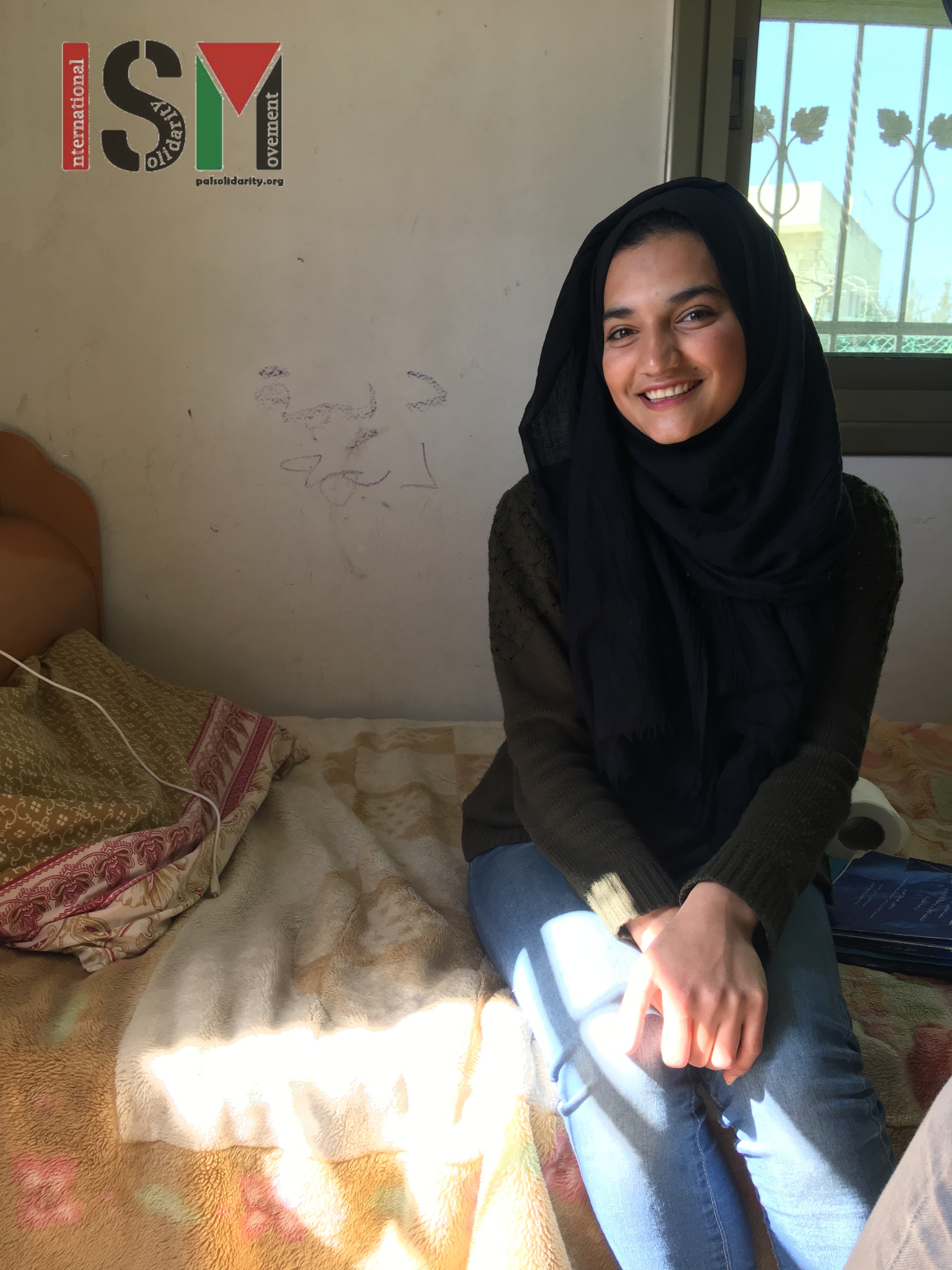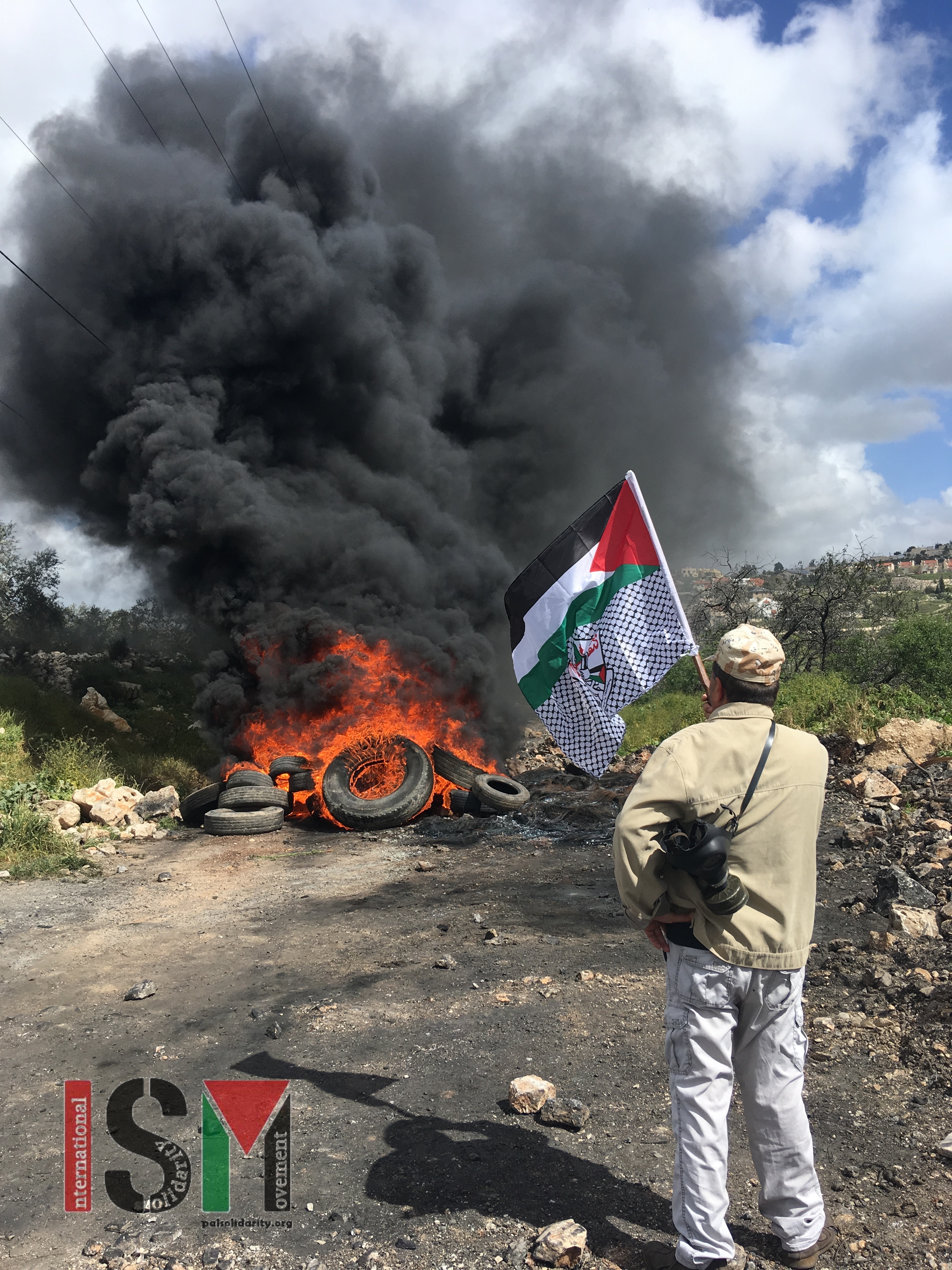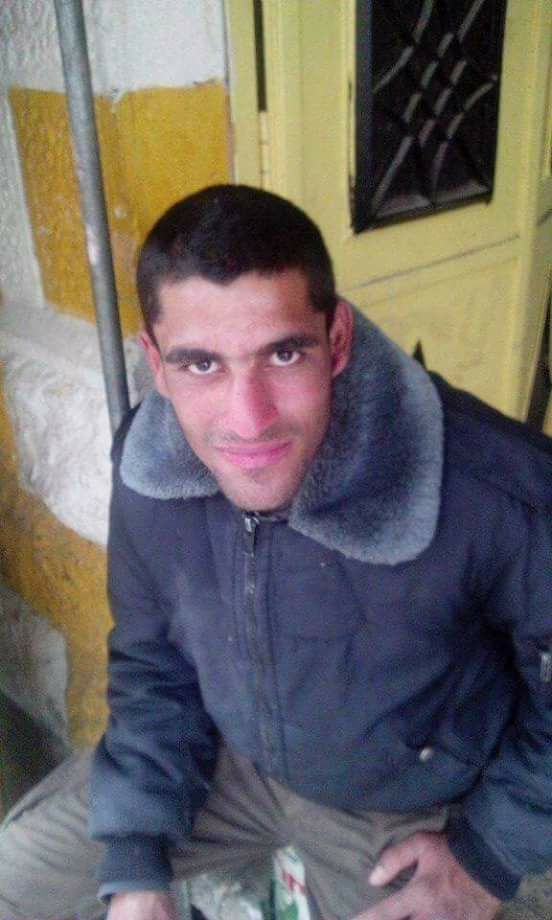Tag: Live Ammunition
-
A recollection of Dima al-Wawi’s imprisonment and a remembrance of Hamza Zamara
18th March 2018 | International Solidarity Movement, al Khalil team | Occupied Palestine Two years ago Dima al-Wawi woke up for school feeling sick. Her throat hurt and her lymph nodes were swollen. Her parents were already out of the house, on their land that is split in two by the illegal settlement Karmi Zur…
-
Israeli armed forces fire live ammunition at protesters in Kafr Qaddum
9th March 2018 | International Solidarity Movement, al Khalil team | Occupied Palestine Today local Palestinian citizens gathered in their village of Kafr Qaddum, protesting against the illegal Israeli settlement of Kadumim and the road blockage that inhibits access to their village. Israeli armed forces fired copious rounds of tear gas, stun grenades, rubber coated…
-
Resistance & Death in al Khalil/Hebron
9th March 2018 | International Solidarity Movement, al Khalil team | Occupied Palestine Friday at around 16.00, 24-year old Al Khalil resident Mohammad Zain al-Jabari was shot and killed by armed Israeli occupational forces during smaller clashes in Al Khalil, Hebron. He leaves behind his wife and his 4-year-old child. Al-Jabari was hit in the…



